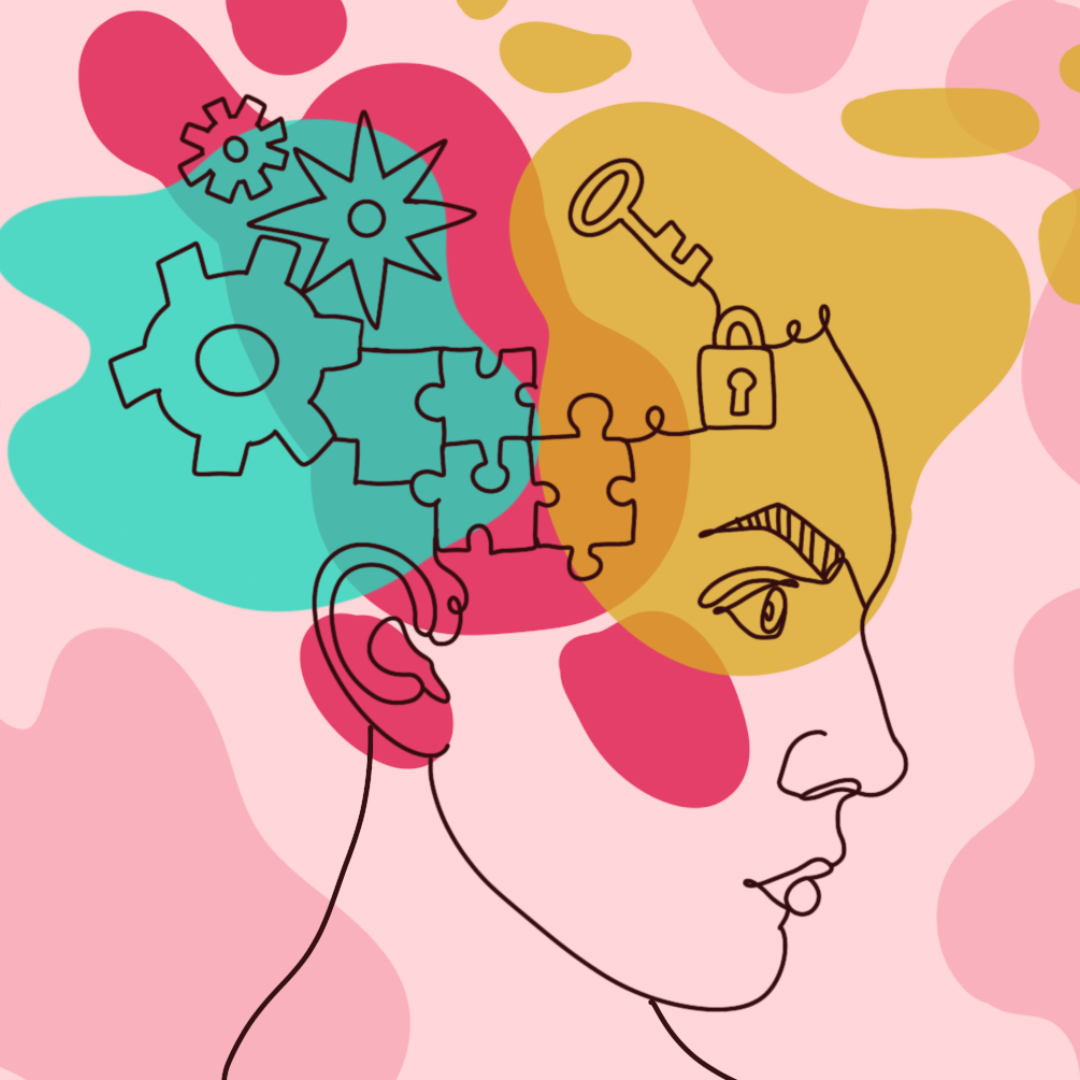ADHD is associated with impaired executive functions. These functions, associated with the prefrontal cortex, control thoughts and goal-oriented behaviors, including inhibition, cognitive flexibility, and working memory.
To what extent can meditation-based mind-body interventions (MBIs) such as yoga, Tai Chi, Qigong, and Mindfulness improve symptoms and executive functioning in persons with ADHD?
To explore this question a Chinese study team performed a systematic search of the peer-reviewed medical literature for randomized controlled trials (RCTs) in either Chinese or English that could be subjected to meta-analysis.
Nineteen RCTS, all but one in English, met criteria for inclusion. Nine involved children and adolescents, and ten involved adults. Fifteen of the studies looked at mindfulness, two at yoga, and two at Tai Chi.
Eight studies were rated as high quality, and the other eleven moderate quality. However, “none of the studies succeeded in blinding participants and therapists due to the challenges of performing double-blind procedures in non-pharmacological studies.”
A meta-analysis of fourteen RCTs totaling 832 participants found small but significant improvements for inattention symptoms. Longer trainings (over 16 hours total) increased the effect size to small-to-medium. Trainings were more successful with adults (small-to-medium effect size) than with children and adolescents (improvements not significant).
Another meta-analysis, of fifteen RCTs combining 868 participants, likewise reported small but significant improvements for hyperactivity/impulsivity symptoms. In this case the trainings were more successful with children and adolescents than with adults, where outcomes lost significance. Longer trainings (over 16 hours total) did not improve outcomes, and in fact made gains insignificant.
A third meta-analysis, of ten RCTs with a combined 558 participants, found small-to-medium effect size improvements in executive functioning. Trainings were effective for all ages. Longer trainings (over 16 hours total) increased the effect size to medium. Direct measurement of behavioral tasks, as opposed to relying on questionnaires, likewise increased the effect size to medium.
For all three meta-analyses, there was virtually no between-study variation (heterogeneity), meaning these outcomes were consistent across studies. There were also no signs of publication bias.
Overall, MBIs improved ADHD symptoms with small effect size, but executive functioning – arguably the more important of the two criteria for ultimate well-being – with medium effect size when measured directly after over 16 hours of training.
The authors concluded, “This meta-analysis confirmed that MBIs, such as mindfulness, Tai Chi, and yoga, had small to medium intervention effects on ADHD symptoms and EF [executive function] compared with the control condition. Although the results of the subgroup analysis suggest that age, interventions, and total time may be important moderators affecting MBIs intervention on the symptoms (inattention, hyperactivity/ impulsivity) of ADHD, while interventions and total time may be moderators affecting EF, more research needs to be conducted to support these findings.”
REFERENCES
Zeping Zhang, Xiaolong Chang, Weijing Zhang, Suyong Yang, and Guangsheng Zhao, “The Effect of Meditation-Based Mind-Body Interventions on Symptoms and Executive Function in People With ADHD: A Meta-Analysis of Randomized Controlled Trials,” Journal of Attention Disorders (2023), 1-15, https://doi.org/10.1177/10870547231154897.








_logo%201.svg)
